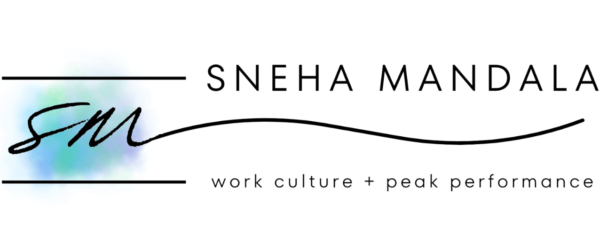Creativity is often hailed as the key to innovation and success. But is an endless pursuit of creativity really beneficial for our work? Think of all the times you’ve been in constant brainstorming sessions that led to idea fatigue, reducing the time spent on execution and implementation.
From Endless Creativity to Balanced Execution
Use the PDCA Cycle (Plan-Do-Check-Act):
- ? Plan: Define the problem you want to solve and set clear objectives for your brainstorming sessions. Outline the criteria for viable solutions. Use time-boxing (time limits) to allocate specific periods for brainstorming and/or creative thinking to prevent sessions from dragging on. Example: Before a creative meeting, identify the specific issue you are addressing and set a goal to generate three actionable ideas, limiting the session to 30 minutes.
- ? Do: Implement the ideas on a small scale to test their viability. Assign responsibilities and establish a timeline for execution. Choose the best idea from your brainstorming session and start a pilot project to test its feasibility. Focus on generating ideas that are practical and can be implemented effectively.
- ✅Check: Review the results of the pilot project. Analyze what worked well and what didn’t. Gather feedback from all stakeholders involved. After the pilot project, hold a review meeting to discuss the outcomes and collect feedback from the team.
- ? Act: Based on the review, make necessary adjustments and implement the idea on a larger scale. Ensure continuous improvement by repeating the PDCA cycle. Define the scope and objectives of creative sessions to keep them productive. Refine the idea based on feedback and roll it out on a larger scale, continuously monitoring and improving the process.
Tips for Managers:
- Champion Focused Creativity: Lead by example by demonstrating how structured creativity leads to innovation. Encourage your team to balance brainstorming with practical execution, and show them the value of setting clear objectives and time limits.
- Cultivate Continuous Improvement: Implement the PDCA cycle not just for projects but as a core principle of your leadership. Regularly review and refine processes, and involve your team in this continuous journey of improvement.
- Empower Your Team: Often the pressure of execution with lack of controls gets employees stuck in ‘ideation’. Provide your team with the autonomy to experiment within defined boundaries. Trust them to take ownership of their projects and support them in transforming creative ideas into actionable plans.
Creativity is important, but it’s only the first step. To truly innovate, we need to turn our creative ideas into reality using structured approaches. By balancing creativity with practical execution and setting clear boundaries, we can turn great ideas into real achievements. Find your flow, then don’t let go.




